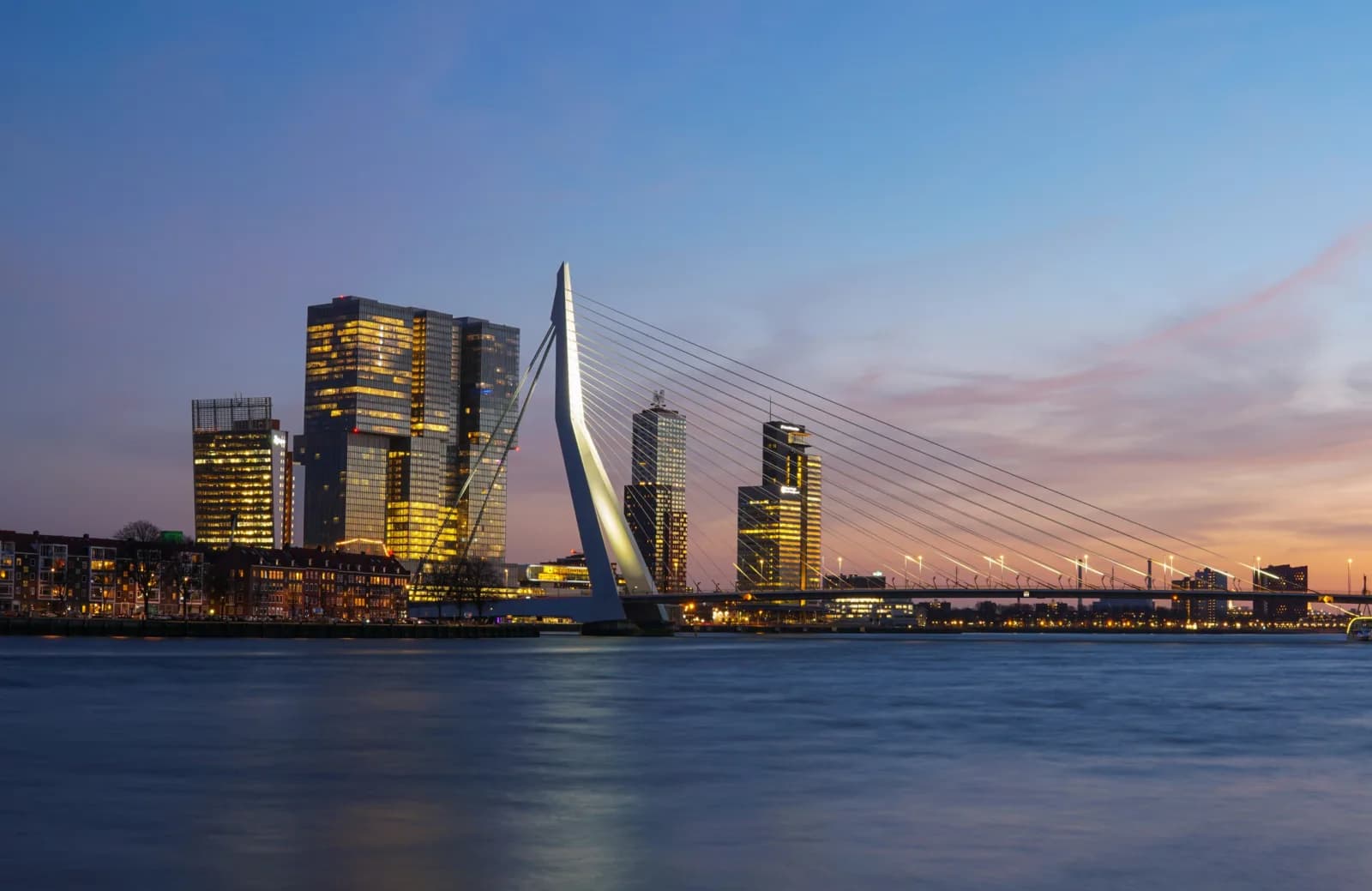ClimateControl: making Rotterdam municipality's energy transition measurable
The Municipality of Rotterdam, like other municipalities, has the task of saving CO2 and achieving a decrease in CO2 consumption. In Rotterdam, this task is quite complicated given the environment it faces. The Rotterdam port area and many buildings are responsible for large CO2 emissions. Various departments are working together, with the Sustainability department in the vanguard, to carry out this complicated task. In addition, in the form of the Climate Agreement, the municipality is also engaging other parties outside the official organization, such as businesses, residents and civil society organizations, in order to give the transition more clout.

The reason
The Sustainability Department wants to use data to monitor the energy transition and direct its efforts. With data, the municipality can get a more detailed view of the progress of the transition and the actions and resources that positively influence CO2 savings. This will enable them to make fact-based choices, which will allow the goals of the energy transition to be achieved sooner.
"Digitalization and the use of data offer opportunities to carry out the major tasks we face as a municipality more intelligently. The energy transition is such a 'wicked problem' where many factors and factors have an influence. With data we can get a better grip on this and oversee and manage the full picture surrounding the energy transition," said the Municipality of Rotterdam.
The question
The Sustainability Department asked Highberg to set up a system that would combine various data sources around the energy transition into insights for various users. Users can be policy makers from across the organization, but management and administrators are also among the users of the insights. All this comes together under the name ClimateControl.
The challenge
Combining the various data into a single model is complex. The availability of that data is a challenge, as some data are located at (commercial) organizations outside the municipality, as well as the technical processing of the different types and quality of the data. To overcome this, data management is important. A key success factor here is ownership, making it clear who to contact to get data and who may approve of use. This will have to be the data owner.
In addition, relating information is a challenge. Results around such a complex task cannot be related 1-to-1. It is difficult to relate a CO2 reduction to the provision of insulation subsidies. Yet there is a lot of information that can be used. For example, whether insulation campaigns in a certain neighborhood are successful or whether extra efforts are needed.
The solution
To help the municipality of Rotterdam as much as possible, Highberg immediately developed a number of dashboards. With these dashboards, the Sustainability department can steer towards achieving the sustainability targets. For example, the CO2 trends in the city are displayed to decide where the department can make the most impact. An employment monitor was also created linking the energy transition to job opportunities. This shows where training and other efforts are needed so that Rotterdam becomes and remains a forerunner in the energy transition on all fronts. Ultimately, these monitors help the sustainability department to make strategic choices. For example, on which subjects additional efforts are needed. We also worked on an infrastructural solution by setting up a database in which, among other things, the data on the projects are brought together. In shaping results, we have been critical about which insights can and cannot be shown, because there is a risk of misinterpreting and misusing results. Explaining how the data can be used is also part of our work.
This project takes the Municipality of Rotterdam one step further in Data Driven Working. The employees of the sustainability department can directly make choices based on data. It has become easier to account for their work and to determine where extra effort is needed. In addition, Highberg built a structural solution to make working with data easier. A great step towards a data driven organization.
Want to know more about this project or other projects around data and AI? Then contact Lotte Meindertsma.
Other customer stroies
